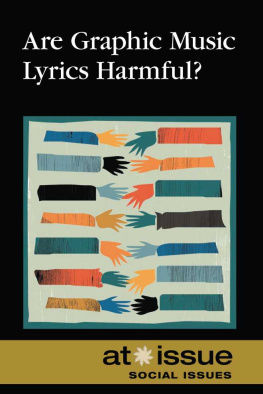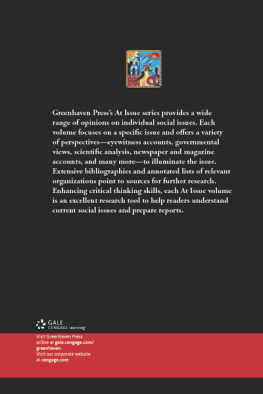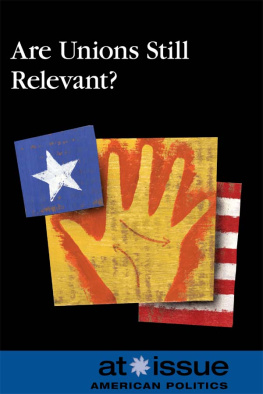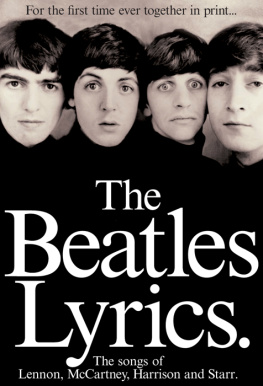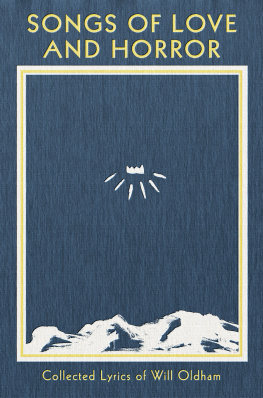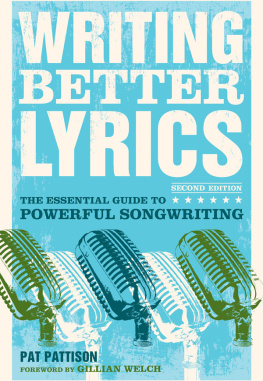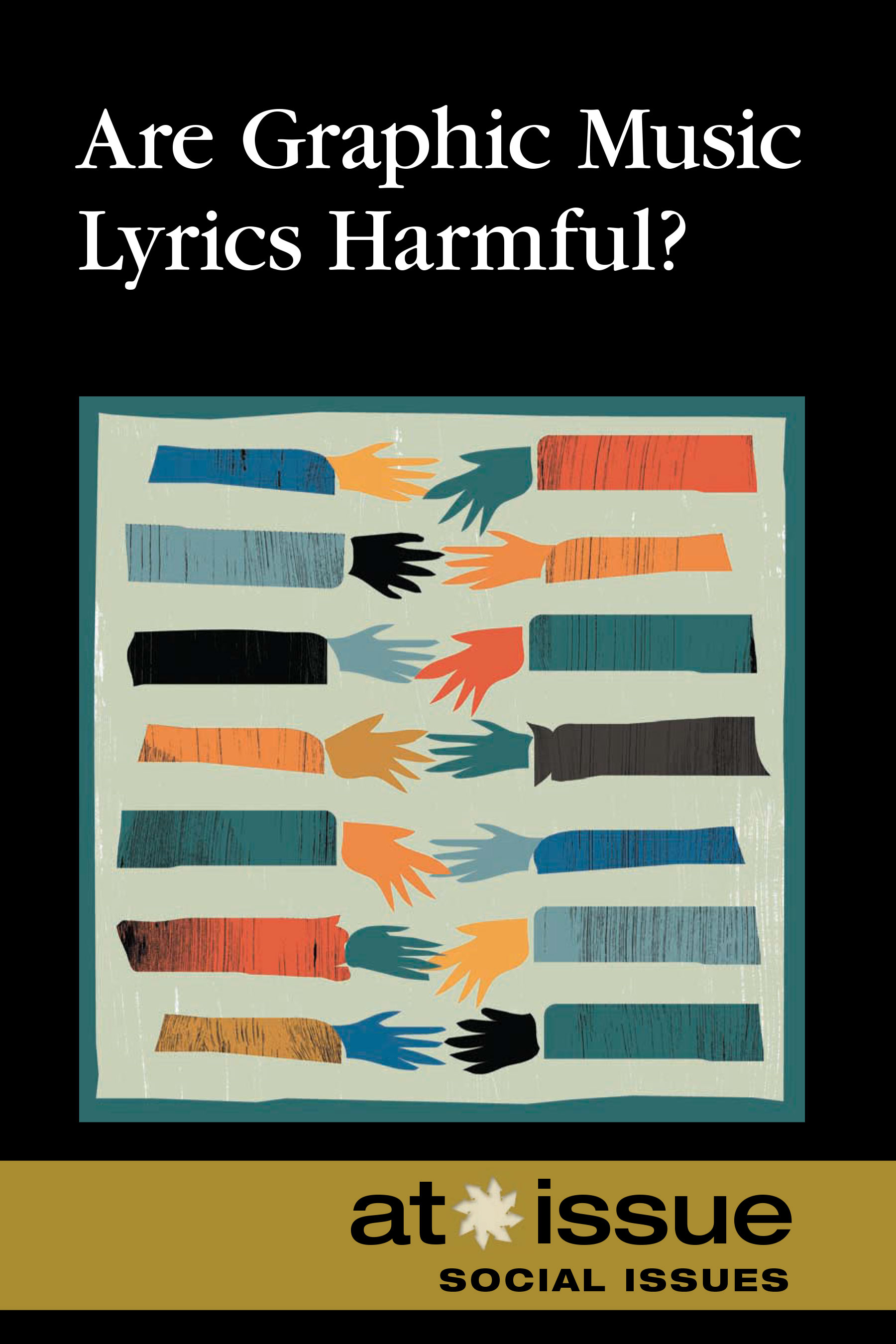Judy Galens, Manager, Frontlist Acquisitions
2016 Greenhaven Press, a part of Gale, Cengage Learning.
Gale and Greenhaven Press are registered trademarks used herein under license.
For more information, contact:
Greenhaven Press 27500 Drake Rd.
Farmington Hills, MI 48331-3535
Or you can visit our Internet site at gale.cengage.com
ALL RIGHTS RESERVED.
No part of this work covered by the copyright herein may be reproduced, transmitted, stored, or used in any form or by any means graphic, electronic, or mechanical, including but not limited to photocopying, recording, scanning, digitizing, taping, Web distribution, information networks, or information storage and retrieval systems, except as permitted under Section 107 or 108 of the 1976 United States Copyright Act, without the prior written permission of the publisher.
For product information and technology assistance, contact us at Gale Customer Support, 1-800-877-4253
For permission to use material from this text or product, submit all requests online at www.cengage.com/permissions
Further permissions questions can be e-mailed to
Articles in Greenhaven Press anthologies are often edited for length to meet page requirements. In addition, original titles of these works are changed to clearly present the main thesis and to explicitly indicate the author's opinion. Every effort is made to ensure that Greenhaven Press accurately reflects the original intent of the authors. Every effort has been made to trace the owners of copyrighted material.
Cover image Images.com/Corbis.
LIBRARY OF CONGRESS CATALOGING-IN-PUBLICATION DATA
Are graphic music lyrics harmful? / Noah Berlatsky, book editor. pages cm. -- (At issue)
Includes bibliographical references and index.
ISBN 978-0-7377-7376-7 (hardcover) -- ISBN 978-0-7377-7377-4 (pbk.)
1. Popular music--Moral and ethical aspects. 2. Popular music--Social aspects. I. Berlatsky, Noah, editor.
ML3918.P67A88 2016 363.4--dc23
2015029174
Printed in the United States of America 1 2 3 4 5 6 7 20 19 18 17 16
Contents
1. Intent Is a Flawed Standard for DeterminingLegitimate Threats
Jessica Mason Pieklo
2. Violent Lyrics Increase Aggression
Diana Zuckerman
3. The Media Overhypes the Effects of ViolentMusic Lyrics
Drew Tewksbury
4. Rap Music Can Both Encourage andDiscourage Violence
Peak Johnson
5. Sexual Music Lyrics Harm Children
Penny Marshall
6. Explicit Music Lyrics Can Raise Awarenessof Sexual Violence
Jenny Valentish
7. Degrading Lyrics Dont Harm Women
Chelsea Fagan
8. Criticism of Beyonc Is Often Harmfulto Black Women
Tamara Winfrey Harris
9. Sexism in Bro Country Is HarmingCountry Music
Amy McCarthy
10. Bro Country Can Be Smart, Fun,and Harmless
Chuck Eddy
11. Rap Lyrics Encourage Positive Capitalist Values
Steve Yates
Introduction
O ne of the most controversial performers in recent music is Miley Cyrus. Cyrus began her career as a mostly wholesome teen pop icon, appearing as Hannah Montana in the show of the same name on the Disney Channel. In 2013, however, she moved toward a more sexual style. Her performance at the 2013 MTV Video Music Awards (VMA) became instantly infamous. She danced with teddy bears, wore a bikini that matched her flesh tone, stuck her tongue out lewdly, groped one of her back up dancers, and mimed sex with R&B performer Robin Thicke.
Many commentators have argued that Cyruss sexualiza-tion is harmful. For example, Dionne Taylor, an academic and expert in criminal law, studied black women aged fifteen to twenty-nine in Birmingham and London and concluded that many young girls see sexualization as part and parcel of their everyday lives. Taylor argued that the explicit dance moves and foul-mouthed lyrics fuel negative attitudes towards women and affect womens confidence, education and even their employment prospects.1
Some parents were particularly upset because Cyrus had originally appealed to a very young fan base. Kelly Wallace for CNN reported a number of disappointed and angry comments from parents she talked to or who posted on the CNN Facebook page. Its a damn shame that Miley is doing this to herself, making a vulgar joke out of her talents and her beauty, but its a much bigger shame that shes doing it to her young fans and other young people (who) see her in the media, one mother of teenaged boys said. Another commented, I just find it extremely discouraging and difficult to hold out hope for the improved status of women in this world when even the most entitled among us so negatively reinforce the worst stereotypes and misogynistic attitudes about women." 1
Other pundits, however, have argued that Cyruss performances are empowering and feminist. Jincey Lumpkin, a writer for The Huffington Post, said, I am sick and tired of people assigning a negative personal value judgment to individuals who choose to express themselves sexually. Lumpkin maintains that Cyrus is appropriating the crotch-grabbing, aggressive sexuality of male pop performers, a move that Lumpkin sees as liberating and transgressive. 2
Richard Fry, also on Huffington Post, added that he thought Cyruss VMA performance was brilliant, funny and confident. He added that Cyrus was doing exactly what other teen stars like Britney Spears and Christina Aguilera had done moving on from their teen career by embracing adult sexuality. He points out that when Cyrus pushes the over-sized finger of a foam hand between her legs and thrusts it out to a cheering crowd, she is showing that she is more of a man than Robin Thicke, with whom shes dancing. Fry sees her as in control and having fun, which is exactly what a proper pop star should be doing. All the controversy, he adds, only helps promote her and ensures that her next performance will be even more sensational. 3
A number of critics took issue not with Cyruss sexuality but with her approach to race. During her performance, Cyrus shook her rear in a dance style known as twerking, which had originally been developed by African American performers. Miley also performed with black background singers, one of whom she groped.
Tricia Rose, a professor of Africana studies at Brown University, argues that Cyrus uses racial stereotypes of black people as a way to make herself seem dangerous and adult. The whole thing struck me as a high school disposition or attitude, she noted, that way of dressing up in what they think are transgressive ways, this idea that blackness equals transgression. 4 Sociologist Tressie McMillan Cottom points out that the black dancers in the VMA performance were mostly not slender pop stars like Beyonce and Rihanna, but larger women, like Cottom herself. To have these black women serve as background decoration, Cottom says, shows how the culture treats bodies like mine as inferior, non-threatening spaces where white women can play at being dirty without risking her sexual appeal. 5
Another person who felt that Cyrus used background dancers as props was one of the background dancers herself. Hollis Jane, a little person, danced in a teddy bear outfit during Cyruss VMA performance. Jane said that, [For the] first time ... I was being used because of my height, not because of my talent. And I will be the first one to tell you that standing on that stage, in that costume was one of the most degrading things I felt like I could ever do. 6 Jane said the performance seemed designed to encourage the audience to gawk at the little people, and that Cyrus made herself look cool and edgy by presenting those she performed with as freakish or abnormal.

